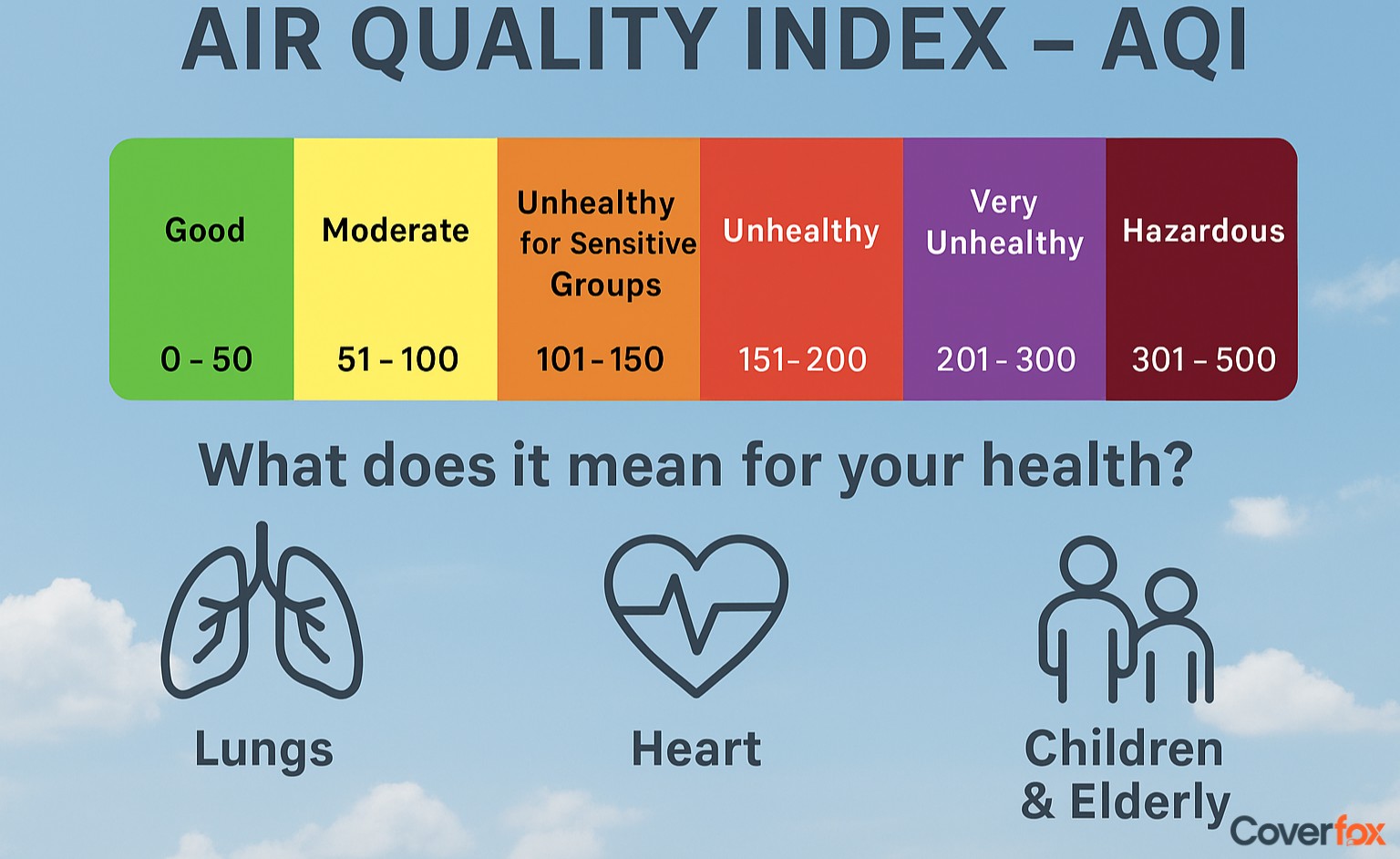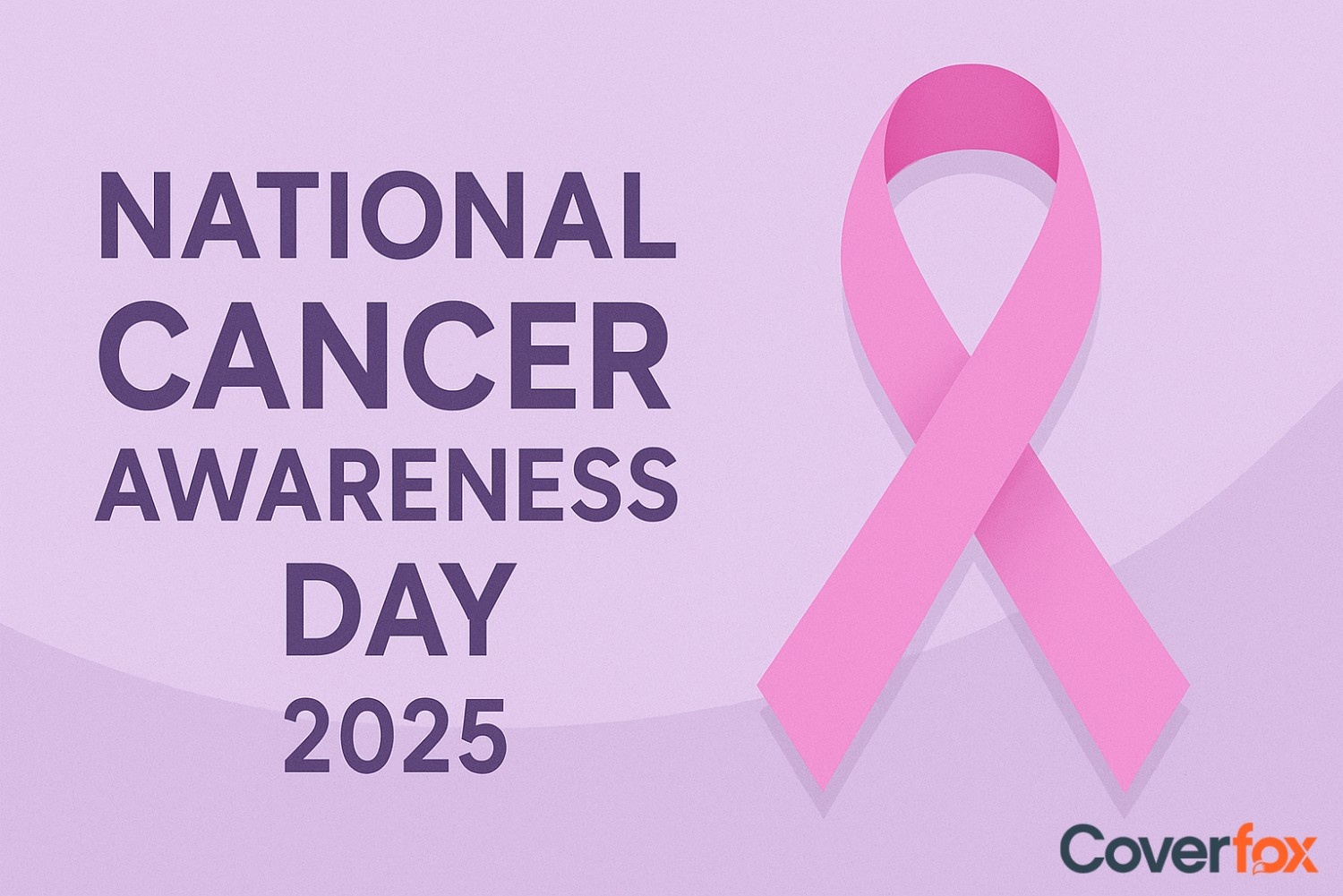Understanding what a hernia is, its symptoms, and causes is crucial. It lowers the chance of problems by assisting with early discovery and treatment. In this article, we delve into the world of hernias. We'll explore the different types, their symptoms, causes, and treatment options.

What is Hernia?
A hernia occurs when an organ pushes through a gap in the muscle or tissue that holds it in place. For example, the intestines might penetrate a weak spot in the abdominal wall. Hernias are most common in the abdomen. However, they can also appear in the upper thigh, belly button, and groin areas. Most hernias are not immediately life-threatening, but they don't go away on their own. Sometimes, hernias can require surgery to prevent potentially dangerous complications. Here are some key points to remember about hernias:
- They occur when an organ pushes through a muscle or tissue opening.
- Most common in the abdomen, but can also appear in other areas.
- Not immediately life-threatening, but may require surgery.
- They don't disappear on their own.
Types of Hernias
There are several types of hernias. The most common ones include inguinal, umbilical, femoral, and hiatal hernias. Each type of hernia has its unique characteristics and symptoms. Inguinal hernias are the most common type. They occur when part of the intestine pushes through a weak spot in the abdominal wall. Umbilical hernias, on the other hand, occur when part of the intestine pushes through the abdominal wall near the belly button. Less frequently, fatty tissue or a portion of your intestine might protrude into your groin at the top of your inner thigh, causing femoral hernias.When a portion of your stomach pushes through a hole in your diaphragm and into your chest, it can cause hiatal hernias. Here are the most common types of hernias:
- Inguinal Hernia
- Umbilical Hernia
- Femoral Hernia
- Hiatal Hernia
Inguinal Hernia
An inguinal hernia is the most common type of hernia. They make up about 70% of all hernias, according to the British Hernia Centre. The inguinal canal is frequently the site of a rip or weak area in the lower abdominal wall where the intestines push through to cause these hernias. The inguinal canal is found in your groin. It is the region in men where the spermatic cord connects the abdomen and scrotum. This cord holds up the testicles. In women, the inguinal canal contains a ligament that helps hold the uterus in place.
Umbilical Hernia
Umbilical hernias can occur in both children and adults. However, they're most common in infants, especially those who are premature. An umbilical hernia happens when the intestine, fat, or fluid pushes through a weak spot in the belly button (navel). In babies, an umbilical hernia may be visible when they cry, laugh, or strain to use the bathroom. The telltale sign is a bulge near the navel that can be pushed back in or disappears when the baby relaxes.
Femoral Hernia
Women are more likely to get femoral hernias than men, particularly if they are obese or pregnant. They occur when fatty tissue or a part of your intestine protrudes into your groin at the top of your inner thigh. This is the area just below the inguinal ligament. Femoral hernias are relatively uncommon and make up only 3% of all hernias, according to the American Society of Surgery. They're often mistaken for inguinal hernias because they occur in a nearby location.
Hiatal Hernia
A hiatal hernia occurs when part of your stomach pushes upward into your chest. It happens when the stomach squeezes through the hiatus, an opening in the diaphragm where the esophagus passes on its way to connect to the stomach. Hiatal hernias come in two primary varieties: sliding and paraesophageal. Sliding hiatal hernias are the most common type. Through the hiatus, the stomach and the portion of the esophagus that connects to it slide up into the chest.
Symptoms of Hernia
Hernia symptoms can vary greatly depending on the type and location of the hernia. Some hernias might not cause any symptoms at all. However, most hernias cause a noticeable lump or bulge in the affected area. This lump may be more noticeable when you stand, strain, or cough. In addition to a visible lump, hernias can also cause discomfort or pain in the affected area. This discomfort may worsen when lifting heavy objects, coughing, or bending over. Some people may also experience a feeling of heaviness, swelling, or aching in the area of the hernia. Other symptoms can include heartburn, difficulty swallowing, and chest pain, especially in the case of hiatal hernias. Here are some common symptoms of hernias:
- Visible lump or bulge
- Discomfort or pain
- Feeling of heaviness, swelling, or aching
- Heartburn (hiatal hernia)
- Difficulty swallowing (hiatal hernia)
- Chest pain (hiatal hernia)
Treatment Options for Hernia
The treatment for a hernia depends on its size and the severity of symptoms. For small hernias that aren't causing discomfort, doctors may recommend watchful waiting. This involves monitoring the hernia for any changes or complications. However, if the hernia is large or causing pain, surgery may be necessary. Here are some common treatment options for hernias:
- Watchful waiting
- Lifestyle changes
- Medication
- Surgery
Non-Surgical Treatments
Non-surgical treatments for hernias focus on relieving symptoms and preventing the hernia from getting worse. This can involve lifestyle changes such as losing weight, avoiding heavy lifting, and treating any underlying conditions that could be causing strain, like constipation or persistent cough. Medication can also be used to manage symptoms. For example, if a hiatal hernia is causing acid reflux, antacids or other medications can be used to reduce stomach acid.
Surgical Treatments
If a hernia needs to be repaired surgically, there are two main types of surgery: open hernia repair and laparoscopic surgery. Open hernia repair involves making a large incision in the abdomen, while laparoscopic surgery uses smaller incisions and a special camera to guide the surgery. Both types of surgery involve pushing the protruding organ back into place and reinforcing the weakened muscle area. This is often done using a synthetic mesh. The choice of surgery depends on the size and location of the hernia, as well as the patient's overall health.
Health Insurance for Hernia Treatment
The cost of hernia treatment, particularly surgery, can be significant. It's important to understand how your health insurance policy covers hernia treatment. Coverage can vary widely depending on your insurance provider and specific plan.
Understanding Your Coverage
Before undergoing hernia treatment, it's crucial to understand your insurance coverage. This includes knowing your deductible, copayments, and out-of-pocket maximum. It's also important to find out if pre-authorization is required for certain procedures, like hernia surgery. Always consult with your insurance provider to avoid unexpected costs.
Conclusion
Understanding hernias, their causes, symptoms, and treatment options is crucial for effective management. Early detection and treatment can prevent complications and improve quality of life. Remember, it's important to consult with healthcare professionals for accurate diagnosis and treatment. Stay informed and proactive in your health journey.





